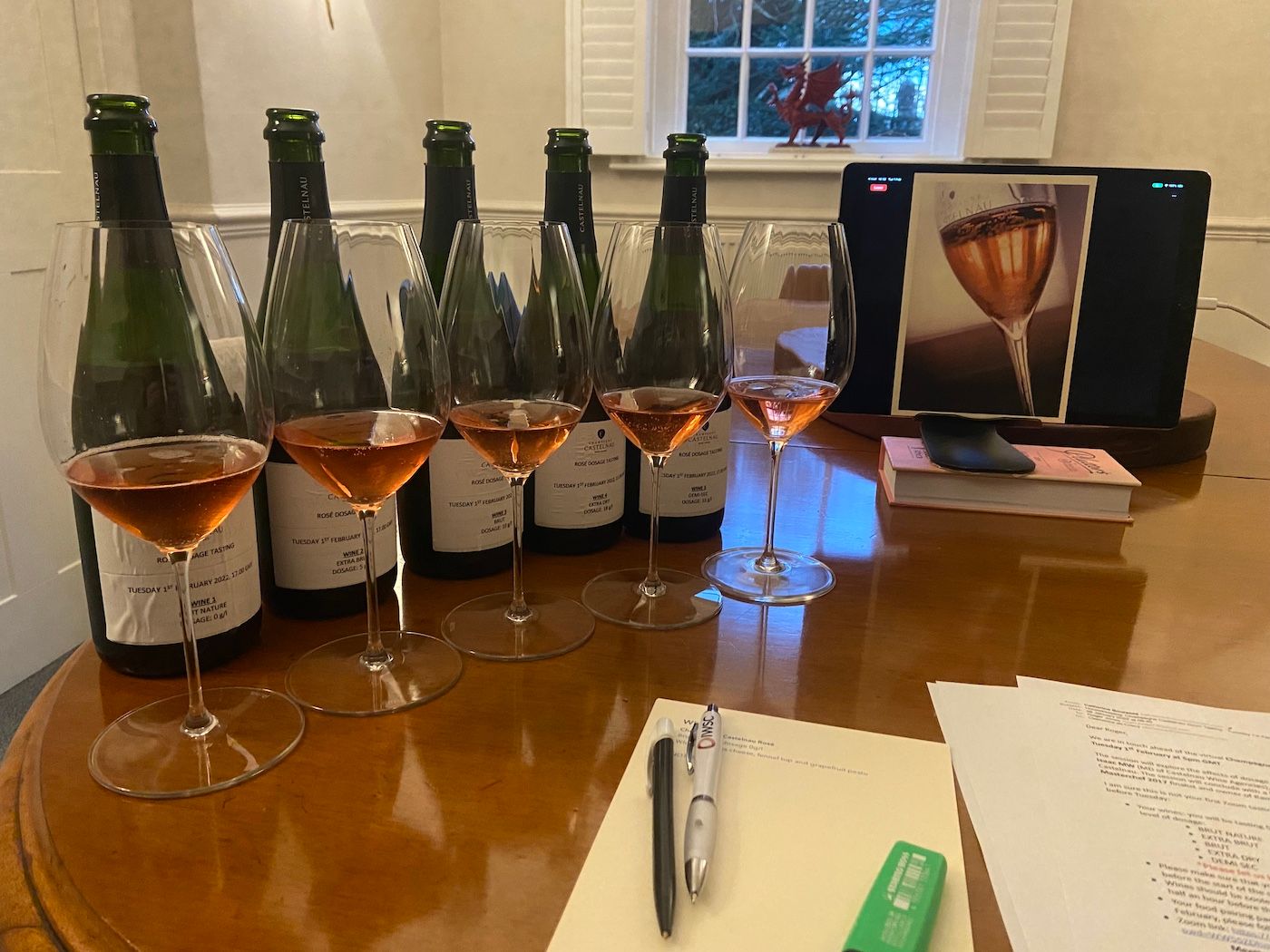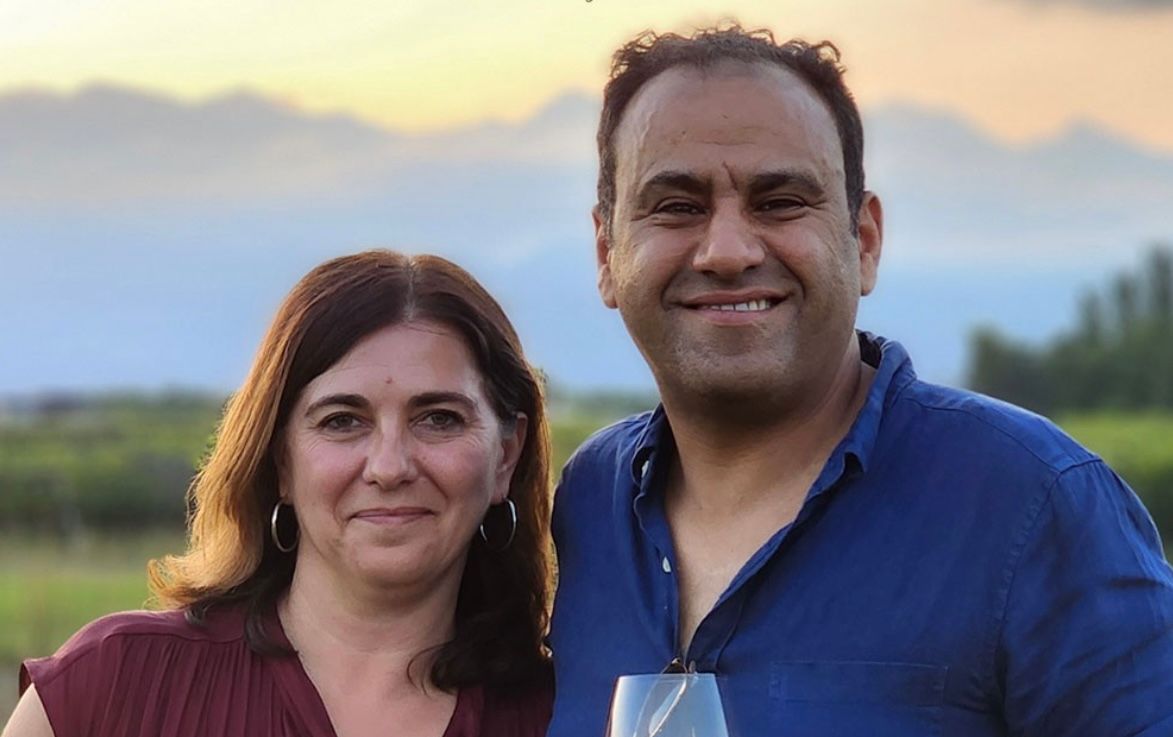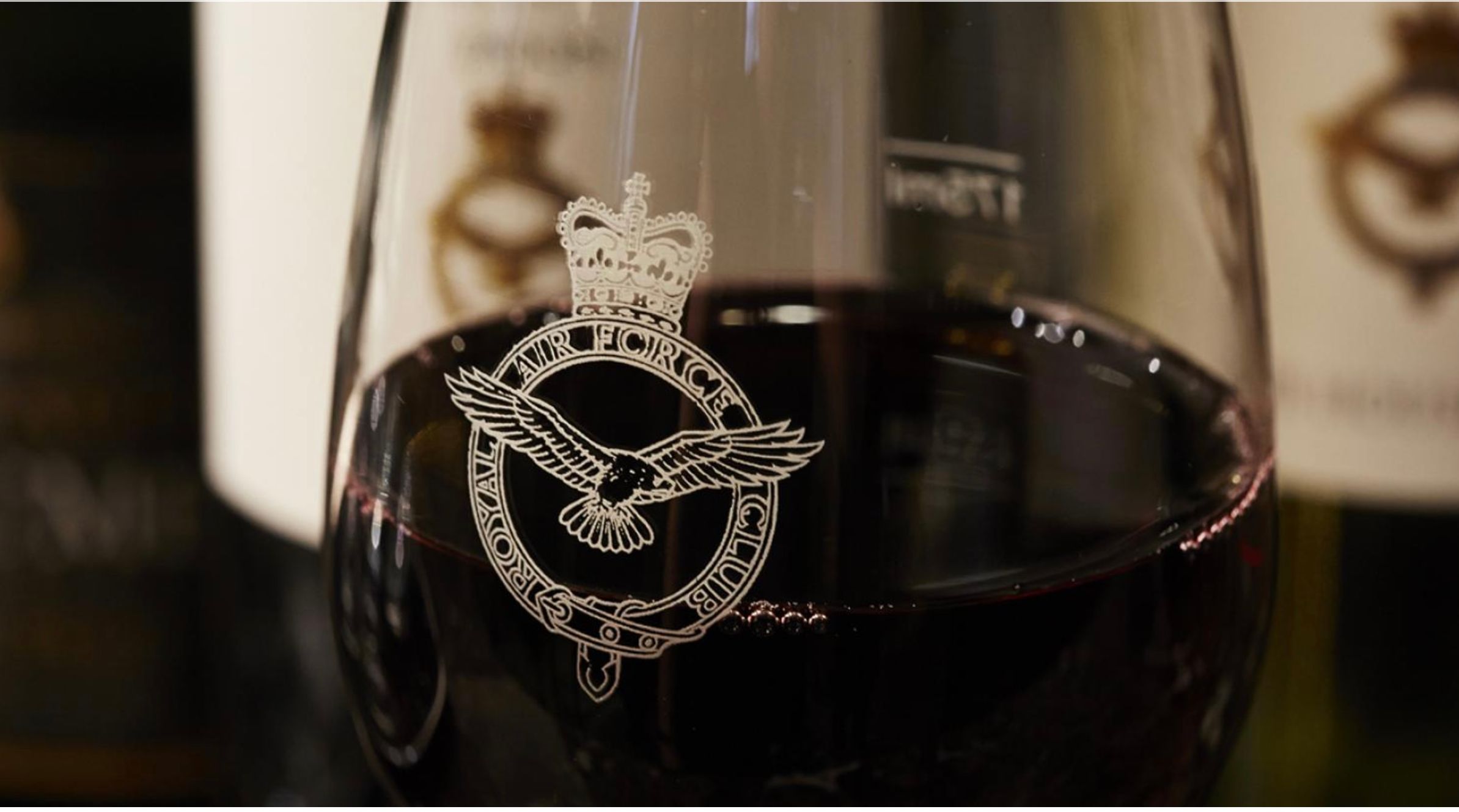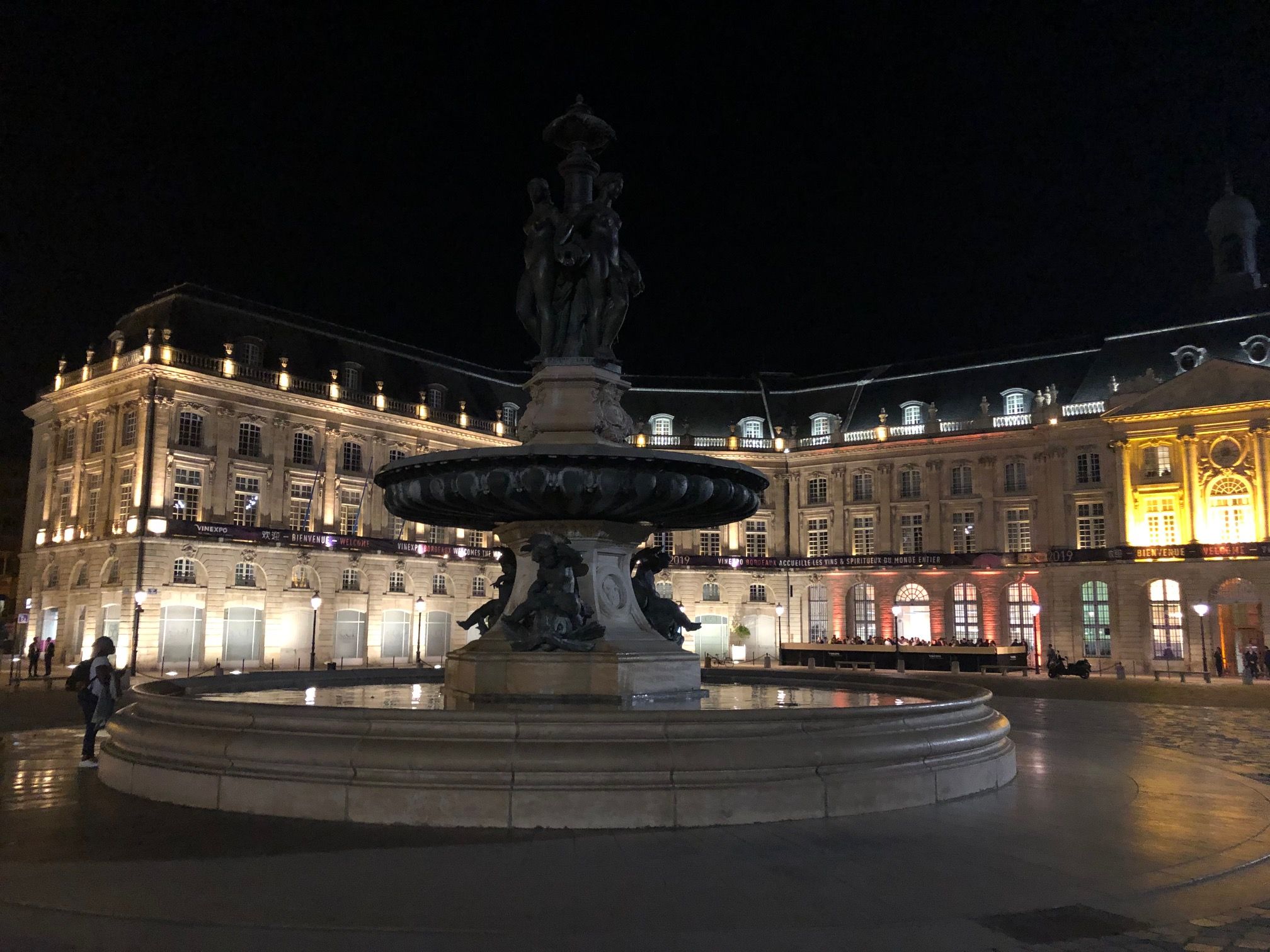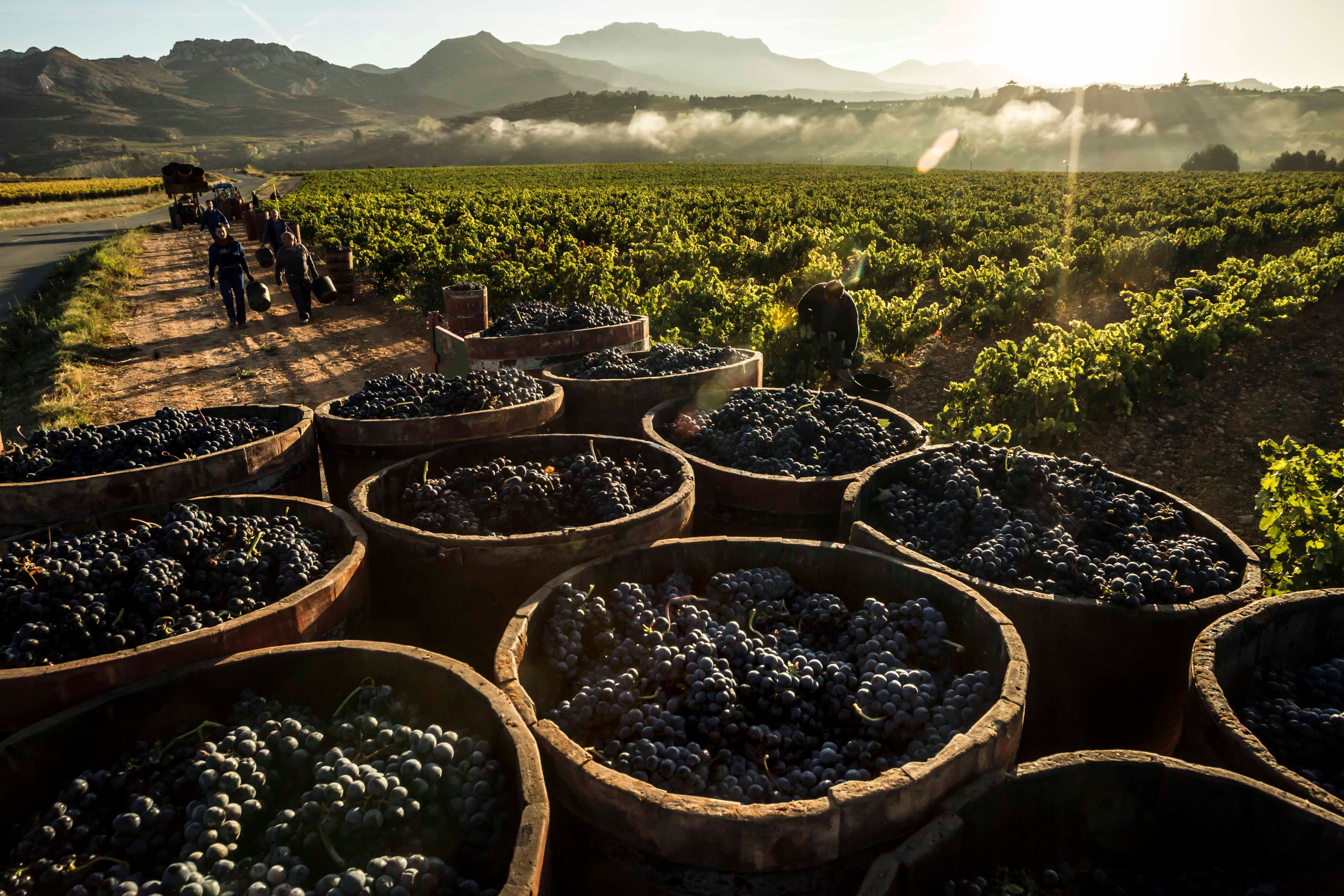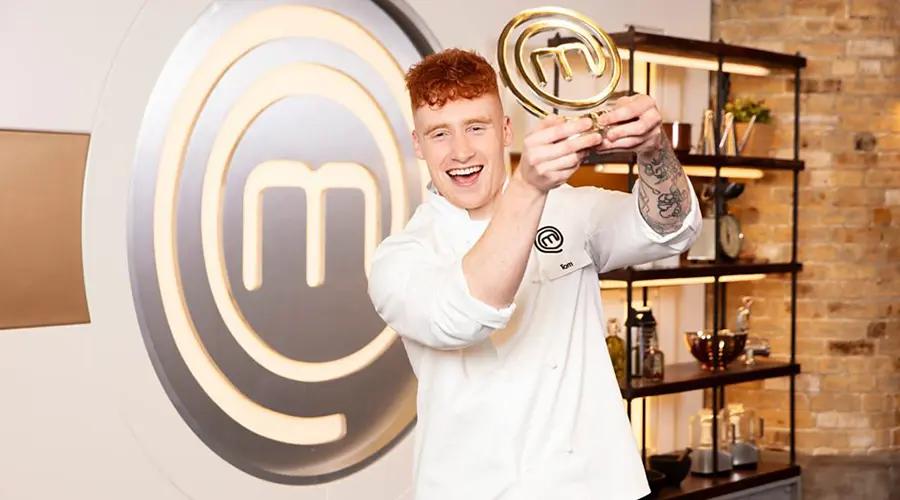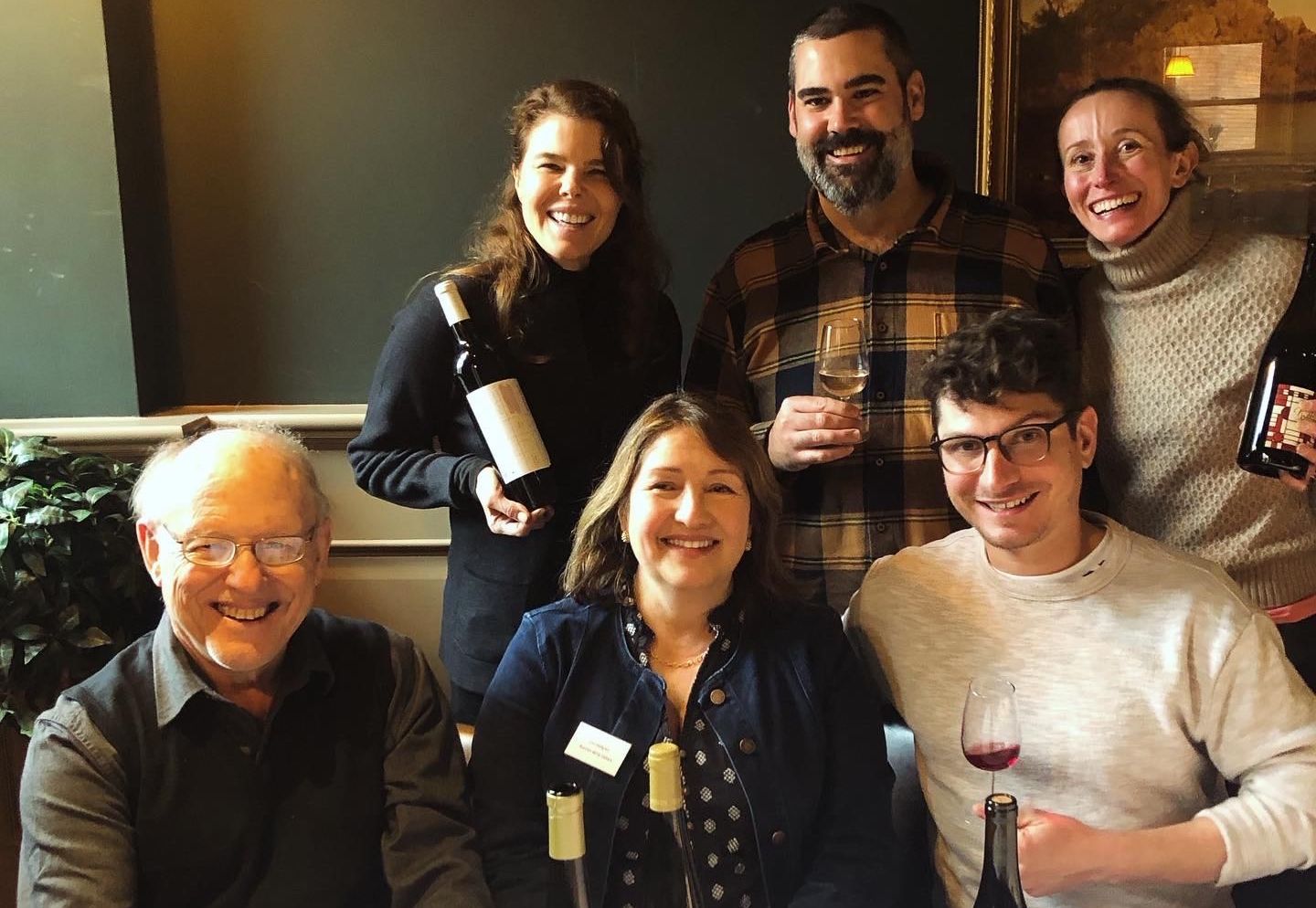“I remember having lunch with Remi Krug at Krug in the early 2000s and Remi insisting that Krug Rosé should always be served with a savoury dish such as lamb and never with dessert, and I have been mindful of this ever since,” writes Jones.
Champagne Castelnau hosted a virtual tasting on Tuesday to showcase the effect of dosage on their Sparkling Rosé, matched to some exquisite food from Jamie Patterson from food and wine pairing specialist Ramekins & Wine.
Hosting the tasting was Champagne Castelnau’s chef de caves Carine Bailleul, this being her first press tasting in her new position since the retirement of Elisabeth Sarcelet. Holding everyone at ease was Keith Isaac MW, general manager of Castelnau Wine Agencies.
Bailleul moved to Reims in 2002, and started working with Sarcelet at Castelnau soon afterwards. She succeeded Sarcelet as chef de caves at the end of 2021, jointly being named Sparkling Winemaker of the year 2021 by IWSC.
The aim of this tasting was to explore the effect of dosage on Castelnau Rosé Champagne, then to follow this with food matching to see if food helped or hindered the dosage.
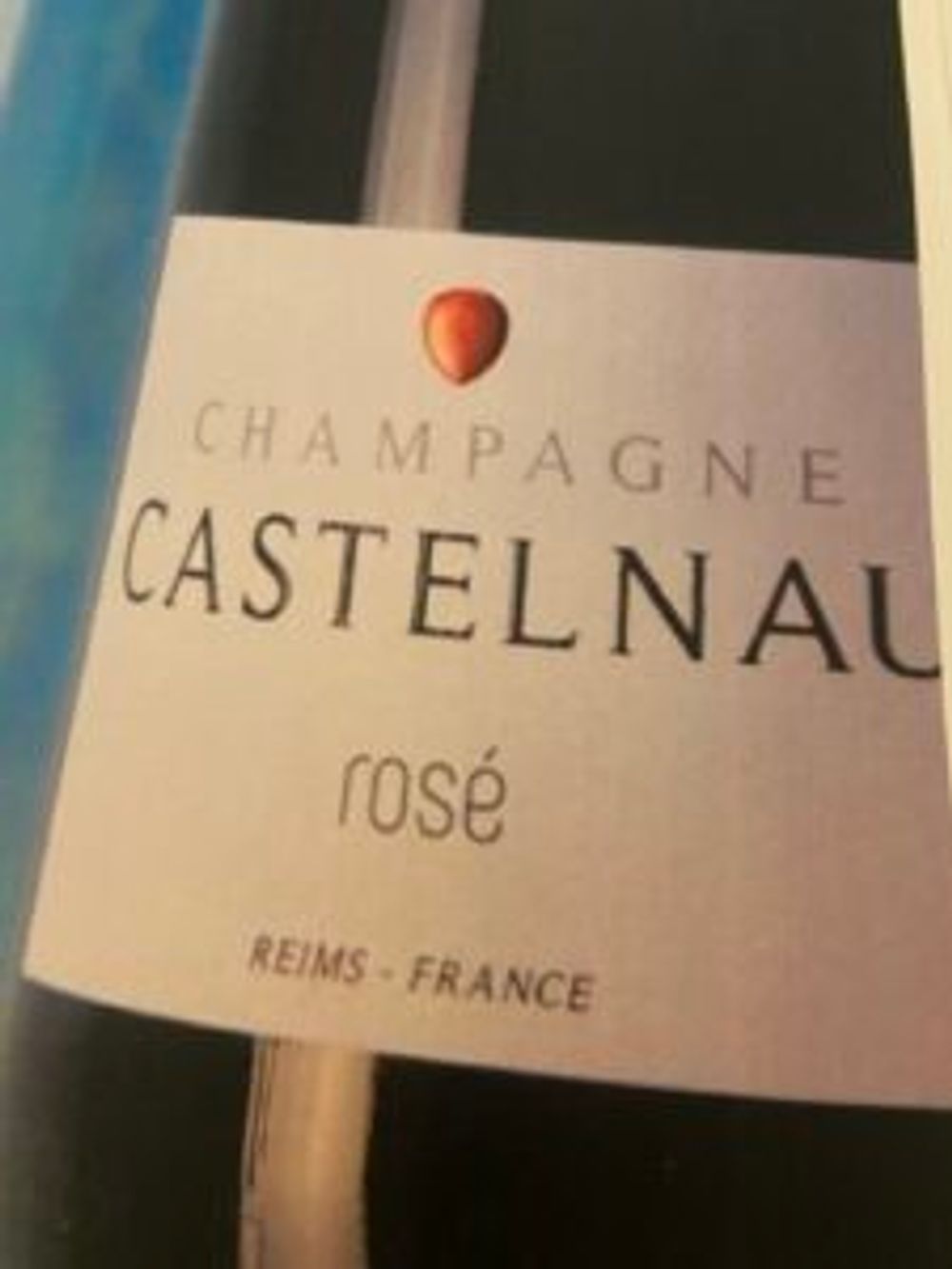
This was a fantastic experience, not only to highlight the quality and value of Castelnau NV Rosé but also to see the difference that dosage can make. It is also important to understand that 14.5% of this cuvée is from red wine made up equally of Pinot Noir and Pinot Meunier. Bailleul noted the red grapes generally had this 50:50 split but this did vary year to year according to the weather.
The Cuvée 722, which is the base wine for all five samples (which were created especially for this tasting), is made from the 2019 base year, with 50% of reserve wines going back to 2016. The blend is 20% Chardonnay, 55% Pinot Meunier and 25% Pinot Noir, making the Pinot Meunier an important element to this wine. Bottled in 2020 with a release date this spring.
Cuvée 722 – the five dosages
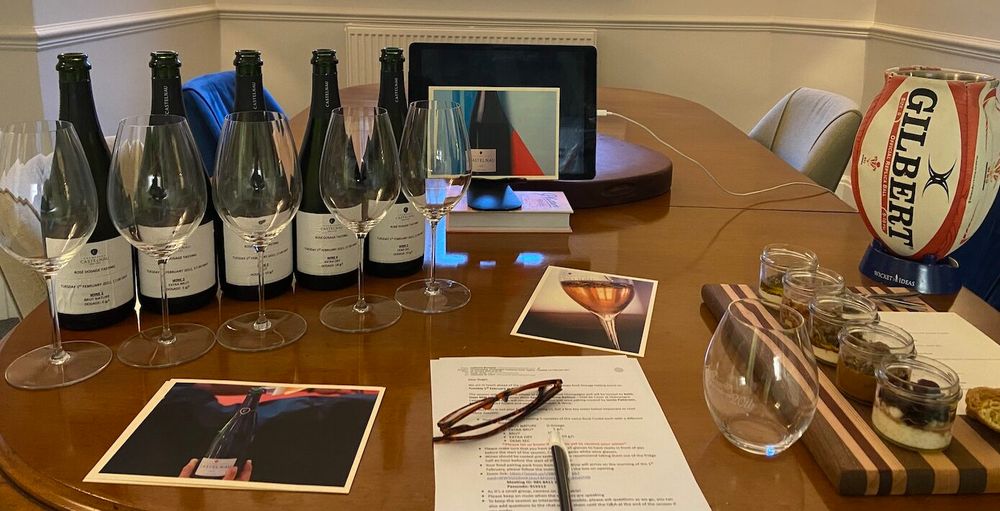
Castelnau Rosé Cuvee 722 – Brut Nature – zero dosage
Rose petals on the nose, clean and focused with a good purity, a touch steely, sour cherries, this would evolve with age or more time on lees.
Castelnau Rosé Cuvée 722 – Extra Brut 5g/l
Pure, clean and focused, tiny bit of bitterness, tart raspberries, delicate perfume, uplifting, again would gain from age.
Castelnau Rosé Cuvée 722 – Brut 10g/l
Ripe, fruity, lovely balance, tantalising raspberries, touch toasty, clean and focused on the finish, delicate acidity and freshness, crying out for spring lamb. For me this was the best dosage.
Castelnau Rosé Cuvée 722 – Extra Dry 18g/l
Rose buds, creamy, floral, fruit forward, summer berries, Bailleul noted that this was the nearest to the style that she produced for Castelnau Rosé, and I can see how appealing it is.
Castelnau Rosé Cuvée 722 – Demi Sec 33g/l
‘Rich’ in style, but the sweetness is controlled; strawberries and cream with a bright raspberry ripple, but there is a background savoury herbaceous element that restrains the dosage.
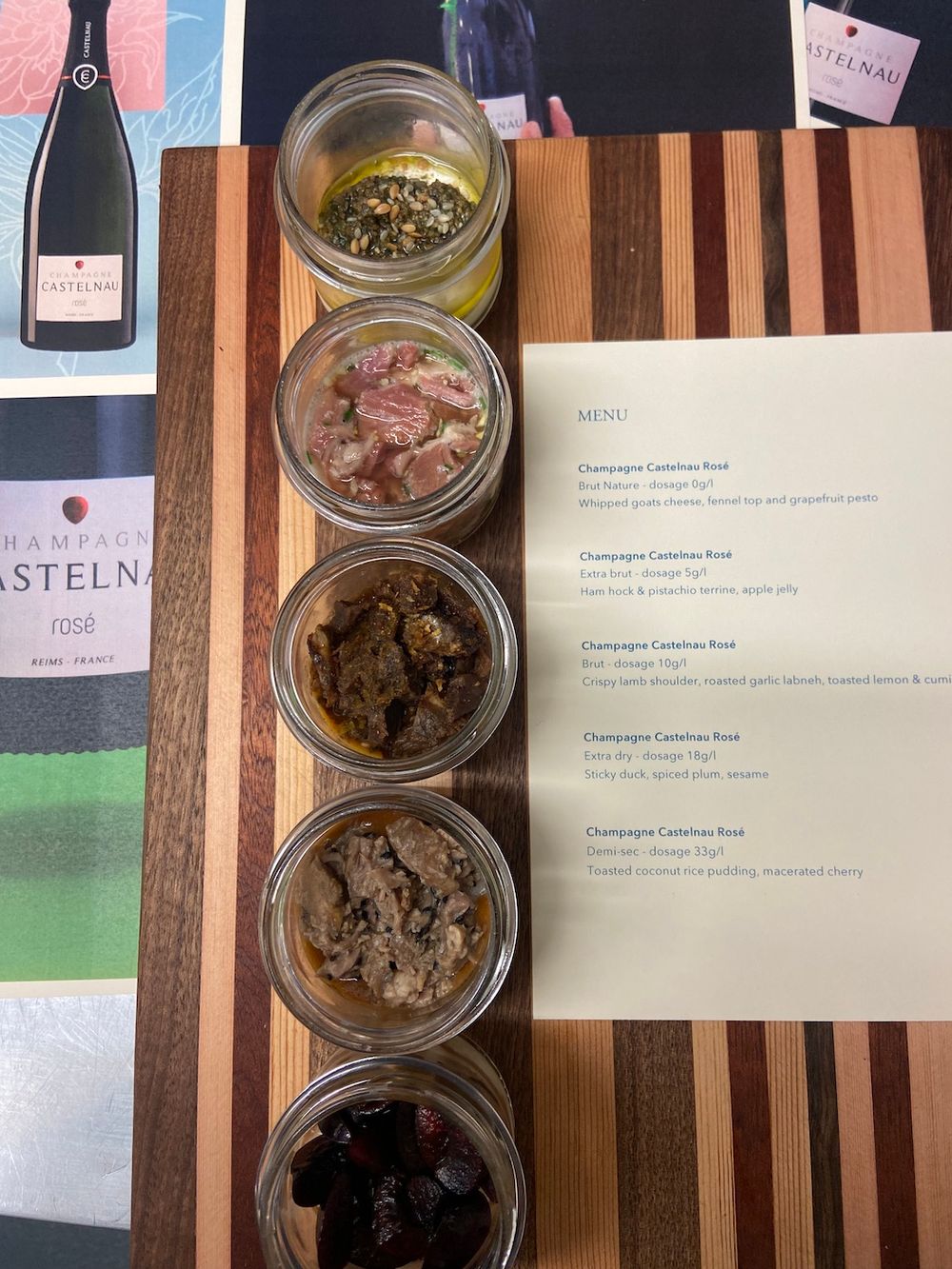
Tasting the five different dosages – this time with food
We then re-tried these wines with food, which highlights the excellence of food with Rosé Champagne and how food can evolve, balance or uplift the wine. It is always important to keep a balanced approach as we want to see both elements – food and wine evolve with this partnership.
The five ramekins contained a beautiful selection of food going from racy acidity in the goat’s cheeses, to a salty ham hock, sweet tender lamb, rich duck and finishing with a controlled dessert of coconut rice pudding with macerated cherries.
I remember having lunch with Remi Krug at Krug in the early 2000s and Remi insisting that Krug Rosé should always be served with a savoury dish such as lamb and never with dessert, and I have been mindful of this ever since. Thus Jamie Patterson’s match of Crispy Lamb Shoulder, Roasted Garlic Labneh, Toasted Lemon & Cumin was a perfect match to the Castelnau Rosé Cuvée 722 Brut with 10g/l dosage. The match uplifted both the dish and the wine.

Equally inspiring was the Toasted Coconut Rice Pudding, Macerated Cherry, the dried coconut flakes and sour cherries giving this a savoury effect that counteracted perfectly with the Castelnau Rosé Cuvée 722 Demi-Sec with a 33g dosage. However, I also enjoyed the Whipped Goats Cheese with the Demi Sec giving a ‘yin and yang’ effect, and the salty Ham Hock was good with the Extra Dry balancing the 18g/l dosage, as opposed to the rich duck dish, which for me balanced well with the Extra Brut.
What was important was to highlight the importance food can be to the increased enjoyment of Rosé Champagne and the difference dosage makes; it would be interesting to try these same five bottles in fine and 10 years time to see how each evolves.
